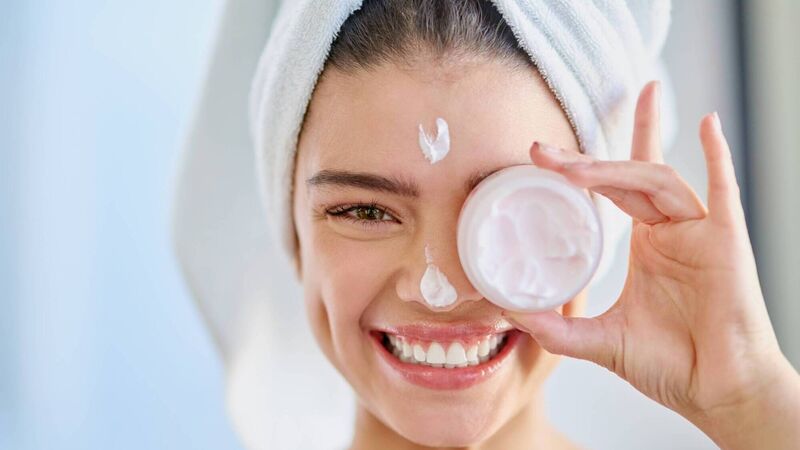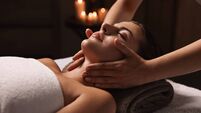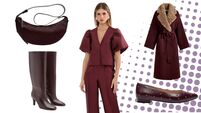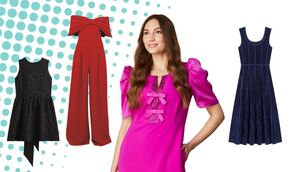Too many beauty products: These are the ones to skip and what to buy instead

We have both too much choice and too many products that claim to do things they can’t
There are too many beauty products. I love them but I know it’s true, and there are some products that I don’t think you need to worry about skipping. I don’t mention them to put down a specific brand — and anything that improves your day is valuable. However, I do think we have both too much choice and too many products that claim to do things they can’t, as well as too few restrictions on what a brand can print on packaging. For example, it is not illegal or even that unusual for a product to have Vitamin C in its name when it contains a fragrant orange extract, rather than a proper cosmetic form of the vitamin that skin can use.
Oranges do contain vitamin C, of course, but rubbing their zesty extracts on your face won’t improve things! I always recommend checking ingredients lists, but even those don’t tell you all about why some products are worth leaving on the shelf.










